
Guest Essay: My Family Lives in the Shadow of the American Dream
I can't think of a farm family I know where one or more of the owners doesn't have another job (or two) outside of the farm to help pay the bills or cover health insurance. This essay by Andrew Tait, a farmer in Shenandoah County, Virginia, was originally published in The Daily Yonder on Aug. 1, 2025.
I live in Shenandoah County, Virginia. I’m a factory worker. A farmer. A father of two girls, one still in diapers. I get up before the sun, and most days I don’t sit down until after it’s gone.
My partner Hannah and I raise our girls on a small farm in the Valley. She works full-time too—though nobody calls it that. She’s a caregiver, a homemaker, a livestock handler, and a mother. She doesn’t get a paycheck. She doesn’t get a break. She doesn’t get counted.
We’ve relied on a cistern for water for over three years. I’m trying to save up to dig a well before it runs dry. We heat with firewood I cut myself. We raise animals for milk, eggs, and meat because the grocery bill outpaces my paycheck.
We’ve stayed unmarried—not because we don’t love each other, but because getting married would kick my partner and our daughters off the Medicaid that keeps them healthy.
My employer offers insurance, sure—but only if I pay nearly as much as our mortgage. I can’t, so we stay as we are; in love but locked out.
I’m not ashamed of our life. It’s honest work, and it’s full of love. However, I am ashamed that in a country as wealthy as ours, people like us are left out in the cold.
When the so-called “Big Beautiful Bill” passed, it was marketed as a win for working Americans. From where I stand, it looks like the opposite. Cuts to Medicaid, reduced support for struggling families, and a ballooning deficit that somehow still leaves us more exposed than before.
You can dress it up however you want, but if it leaves working families behind, it’s not serving the people.
This bill, like so many before it, rewards the already powerful while punishing the people who hold up the economy in invisible ways. It gives to those who lobby and takes from those who labor. It reinforces a message I’ve felt in my bones for years: You’re on your own.
I’m not writing this as a Democrat or a Republican. I’m writing this as a man watching families like mine wear themselves thin; working hard, doing the right things, and still falling behind.
This isn’t about Red or Blue. It’s about the fact that we’re being divided against each other while both sides forget that real Americans bleed the same when the cost of insulin triples or the cost of groceries goes up again.
You shouldn’t be able to carry a hundred dollars’ worth of groceries in two hands. But these days, you can-and that’s not just wrong, it’s dangerous.
I’m writing to ask one simple thing: Who is this country really for?
Because if it’s not for parents doing their best to raise good kids in a broken system…
If it’s not for factory workers and farmers who show up every day, no matter how little is left in the tank…
If it’s not for families trying to make a life from the land and a paycheck…
Then maybe the flag doesn’t wave for all of us after all.
I don’t want handouts. I want fairness. I don’t want politics. I want policy that works.
I don’t want a revolution of violence. I want a revolution of responsibility—one where we take care of each other, where people can raise a family without choosing between groceries and medicine, and where love doesn’t have to take a back seat to red tape.
So, if you’re in power, hear me: We are not okay. We are drowning quietly.
And if you’re not in power, but you’re reading this and nodding along, then know this: you’re not alone either.
We’re not enemies. We’re neighbors. We’re parents, workers, and caretakers. And it’s time we start acting like it.
With respect,
A father holding faith
This story was originally published in the Daily Yonder. For more rural reporting and small-town stories visit dailyyonder.com. Photo from the author.
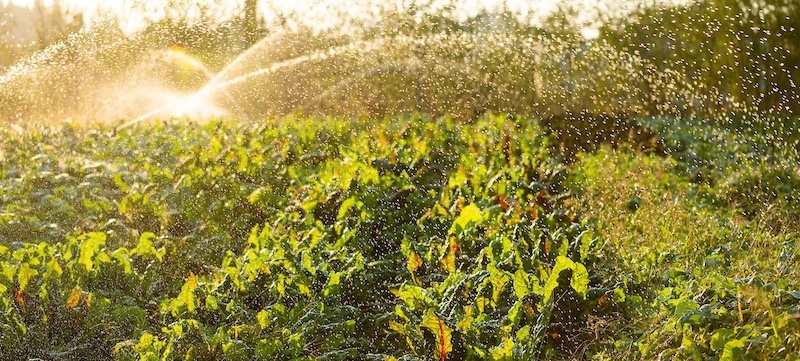
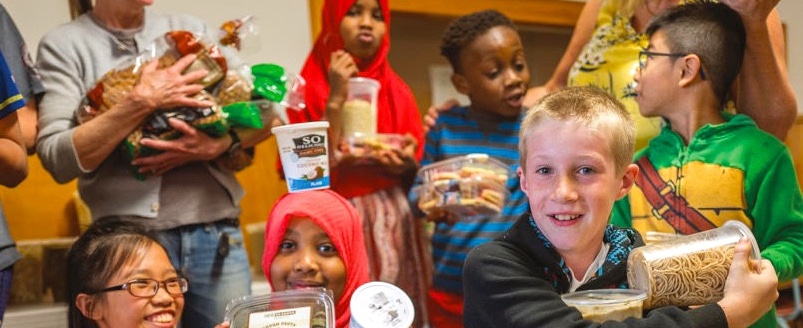



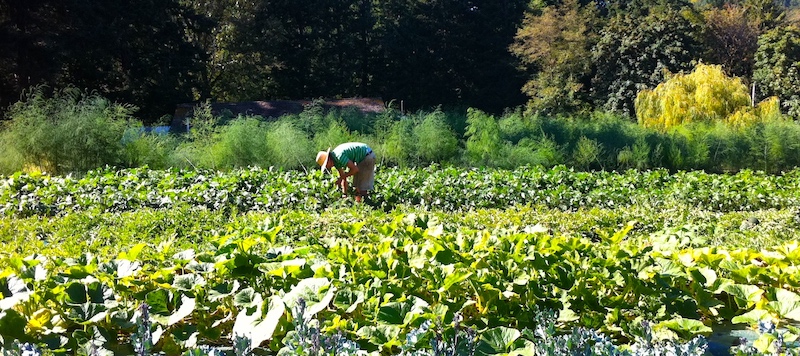
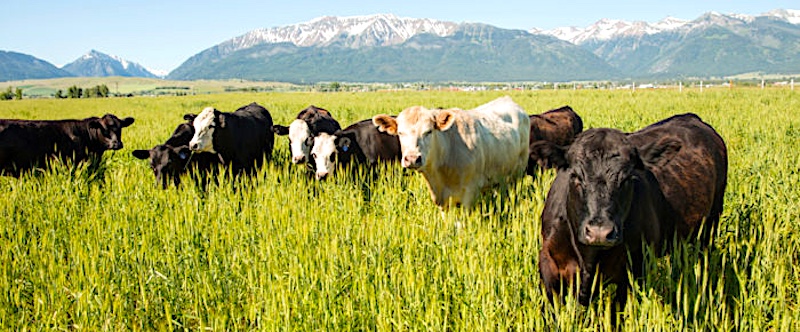 State Meat Inspection (
State Meat Inspection (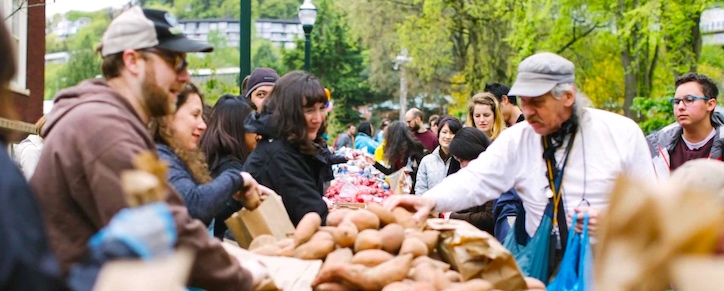 Food for All Oregonians (
Food for All Oregonians ( Farm to School Program (
Farm to School Program (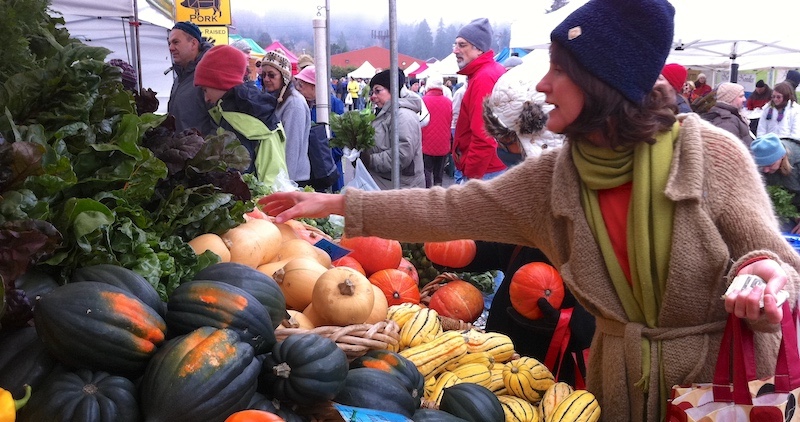
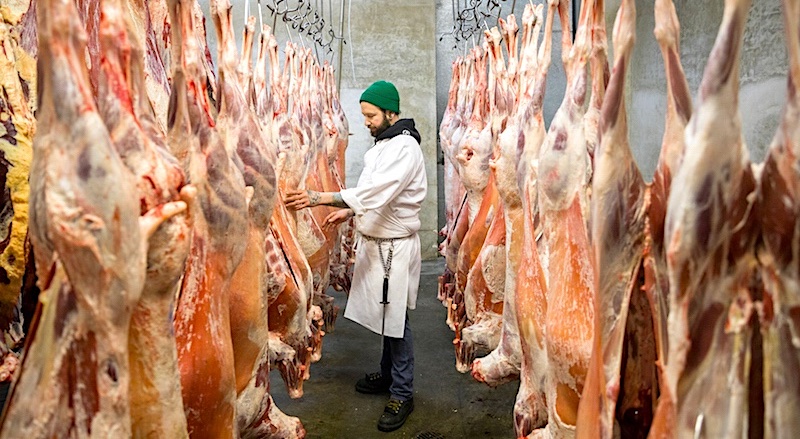
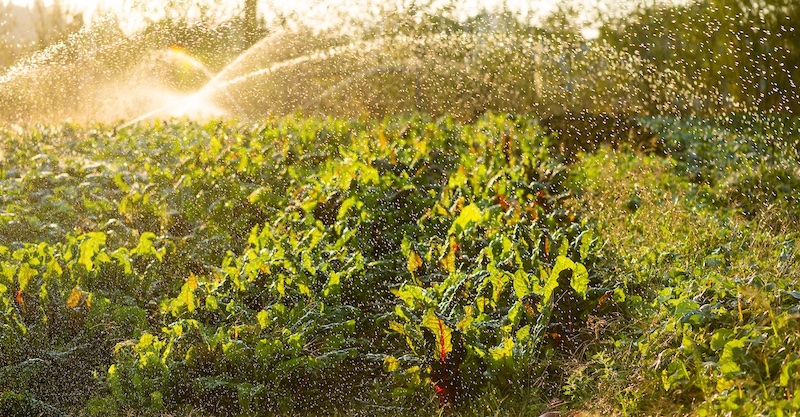 Small Farm Water Access
Small Farm Water Access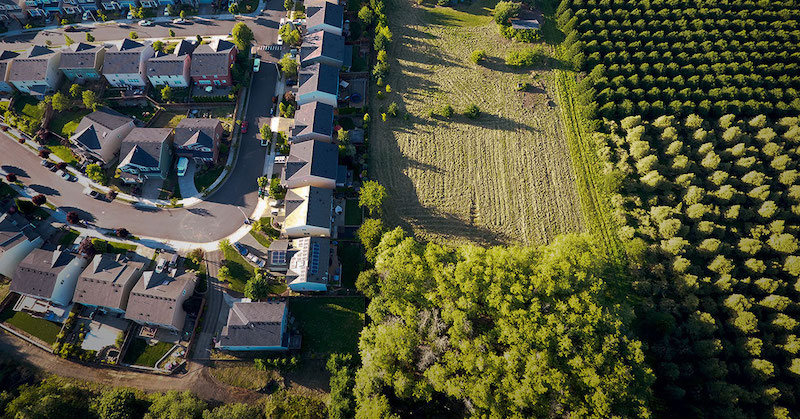 Conservation of Working Lands
Conservation of Working Lands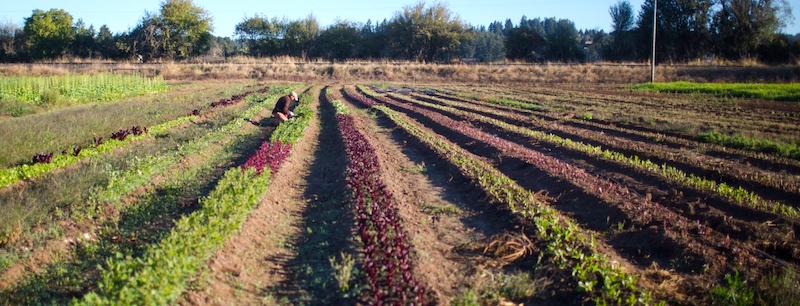


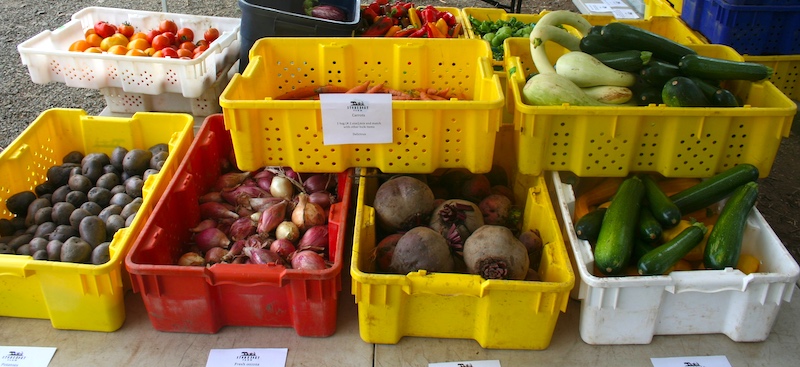
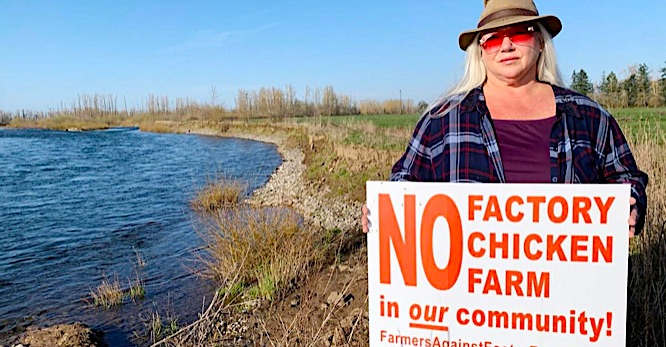
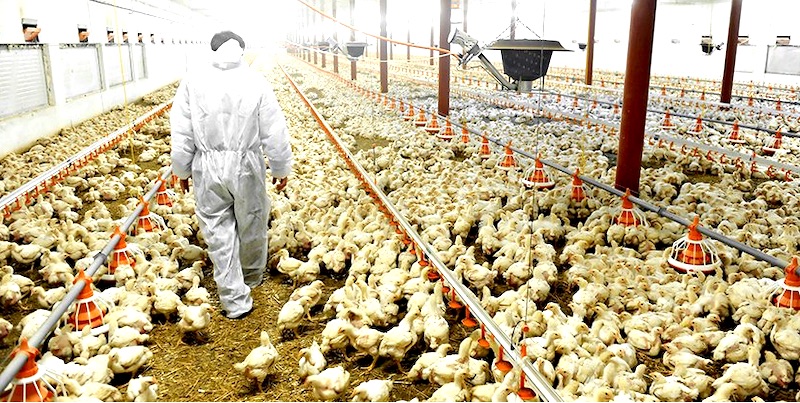
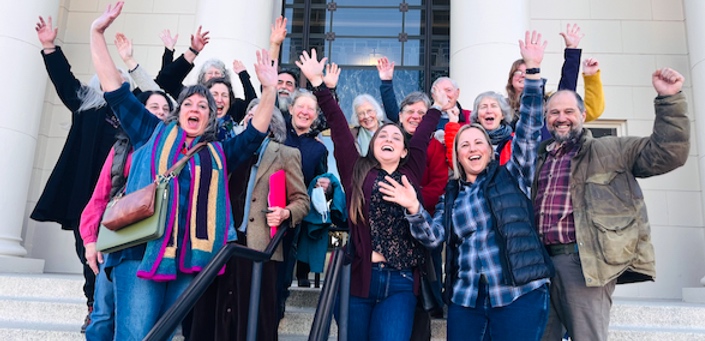
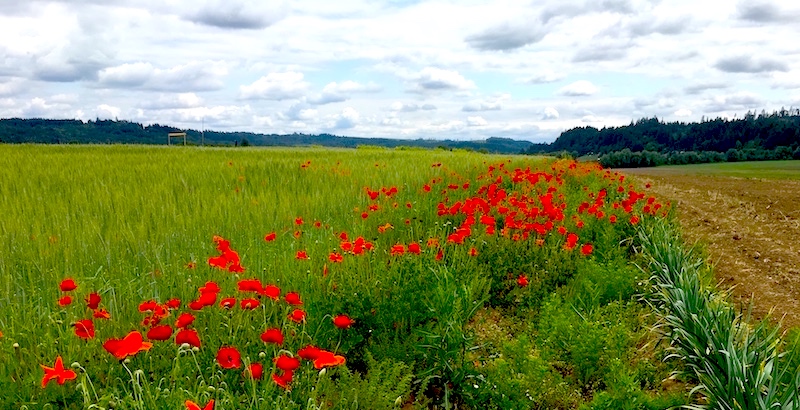
 Housing: Loss for Farmers and Agricultural Lands, Win for Developers
Housing: Loss for Farmers and Agricultural Lands, Win for Developers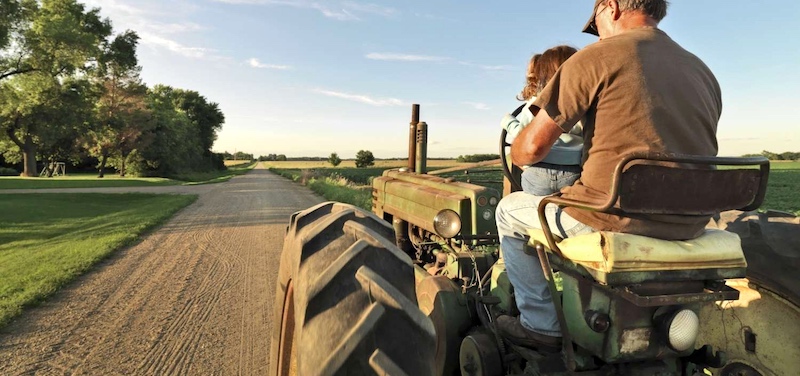
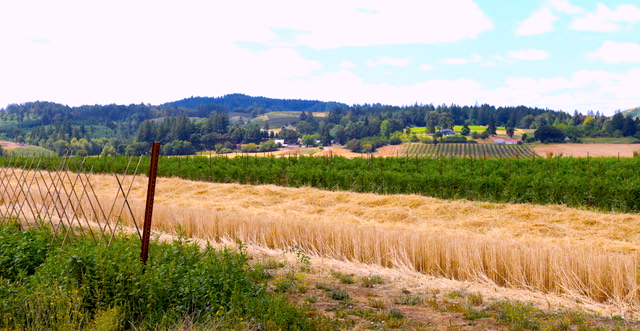 Preserving Agricultural Lands
Preserving Agricultural Lands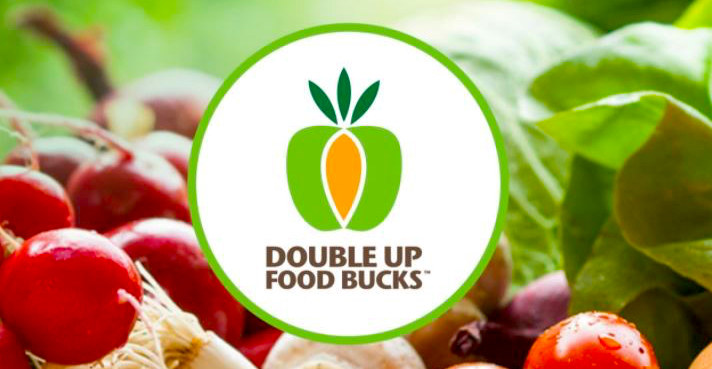

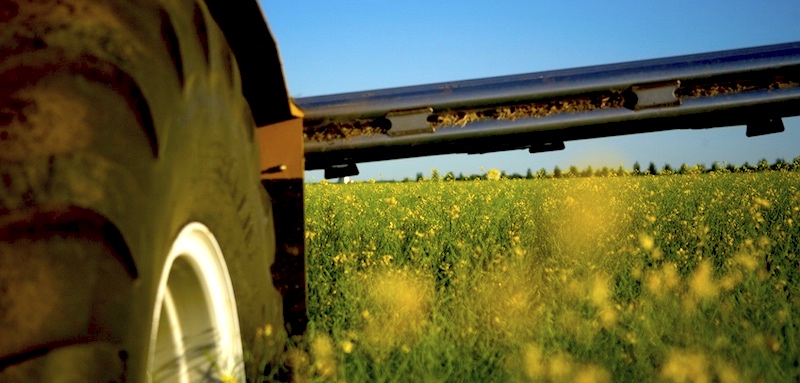

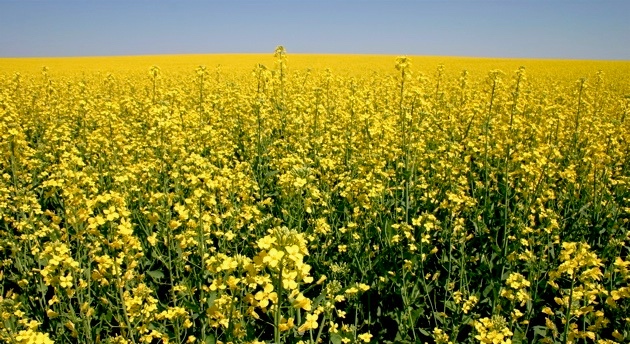

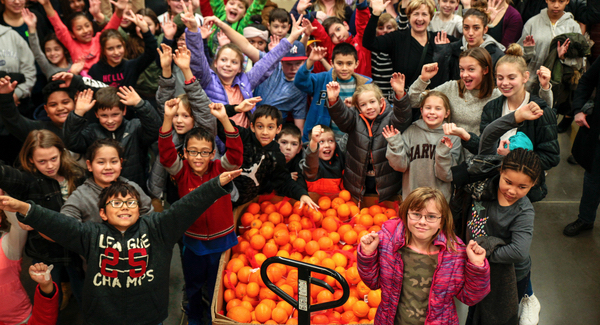

 And indeed they did! I’ve never been at a gathering as truly diverse as this one—people young and older, from just about every part of the world, of every hue, and dozens of nationalities. Lucky for me, all speaking English albeit with the chiaroscuro of both their first language and the accent of whoever schooled them in English.
And indeed they did! I’ve never been at a gathering as truly diverse as this one—people young and older, from just about every part of the world, of every hue, and dozens of nationalities. Lucky for me, all speaking English albeit with the chiaroscuro of both their first language and the accent of whoever schooled them in English. I certainly wasn’t the only person among the 2,500 futurists who centers on healthy ecosystems—including healthy, prosperous humans, of course—but it’s also true that many of the panels and discussions at the conference were about shiny new things. Shiny new tools, shiny new technologies, shiny new approaches to problems. I told anyone who would listen that I’m not opposed to the new and shiny—unless those innovations are aimed at hacking the natural world for the convenience of humans.
I certainly wasn’t the only person among the 2,500 futurists who centers on healthy ecosystems—including healthy, prosperous humans, of course—but it’s also true that many of the panels and discussions at the conference were about shiny new things. Shiny new tools, shiny new technologies, shiny new approaches to problems. I told anyone who would listen that I’m not opposed to the new and shiny—unless those innovations are aimed at hacking the natural world for the convenience of humans.